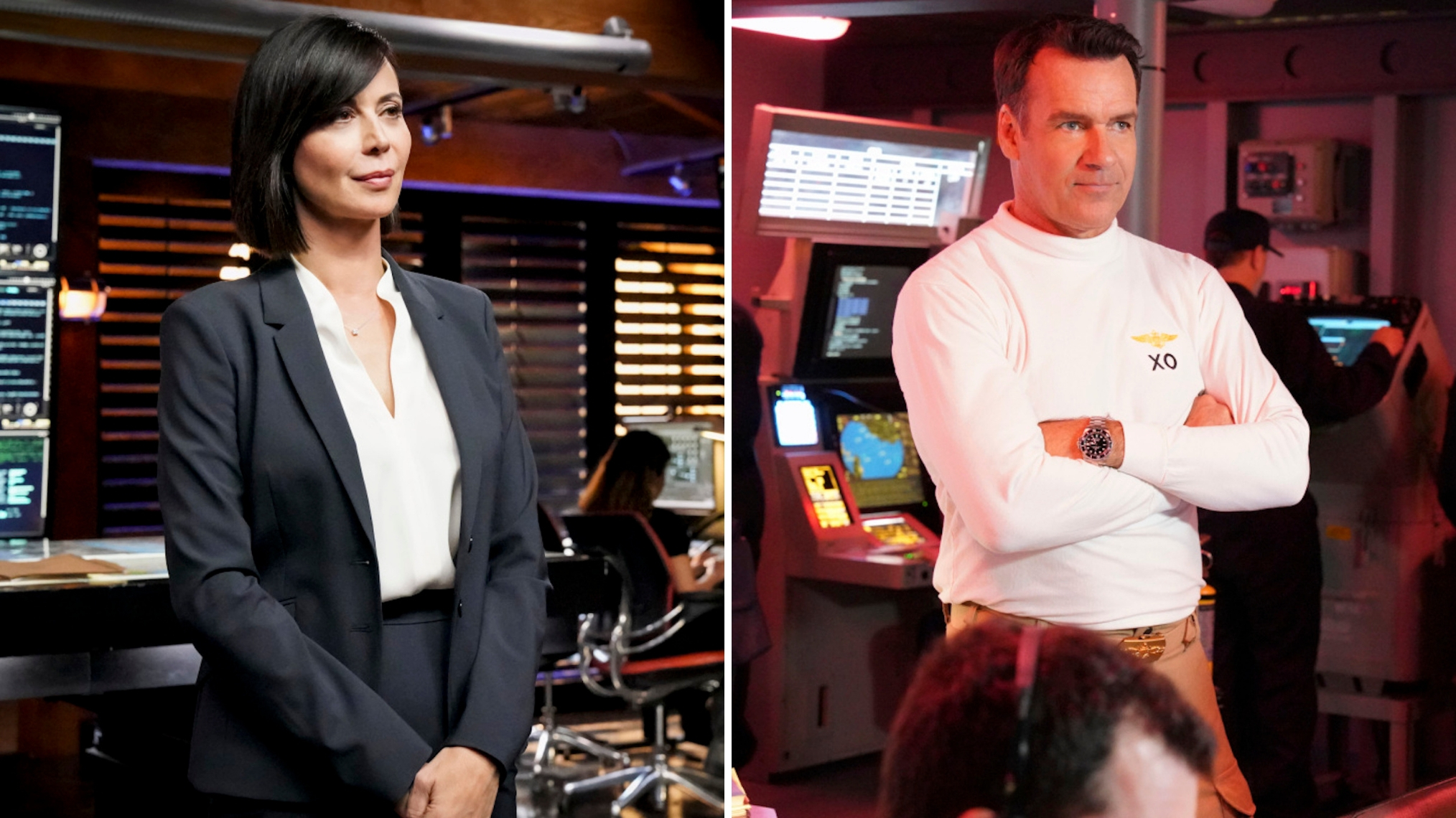
A viewable/printable instructor's guide is available online.
History of automation video los angeles software#
The personal computer or PC boom is easily seen as an inevitable event, with software programmers such as Steve Jobs and Bill Gates emerging as its leaders. The program shows how ideas such as Boolean logic, the binary system, magnetic/iron core memory, and microprocessors have dramatically increased the capacity of computers while drastically reducing their size, a phenomenon known as Moore's Law. All the major concepts, advances, and companies are explored using demonstrations, expert commentary, and historic film footage and interviews. This fascinating program traces the course of technological innovations leading up to today's computers, from Charles Babbage and his analytical engine of the 1860s to 21st-century PCs. Initially designed as large-scale calculators, computers have quickly become indispensable tools in every field of endeavor. The history of computers is not just the story of a specialized machine but of a great idea and the people who made it happen.

A viewable/printable instructor’s guide is available online. With his assistance we provide a comprehensive introduction to the etiquette of using e-mail. The animated “cyber postman,” who features throughout the video, has seen every example of bad e-mail usage you could imagine. The words “spamming” and “flaming” may not make sense to everyone, but chances are they’ve come across examples of this type of behavior in their e-mail usage. In addition, the video exposes many of the myths that exist regarding such issues as e-mail privacy, and warns of possible dangers when using e-mail. This program gives viewers an understanding of the conventions that have been developed by e-mail users over the years to facilitate effective communication. However, the fact that e-mail is different from both voice- and paper-based communication can be a source of frustration for many people. There is little doubt that e-mail is an extremely useful innovation that has changed, and continues to change, the way we communicate. Correlates to National Education Technology Standards for Teachers from the International Society of Technology Education. "The answer to that is unequivocally Yes." Program segments include "History and Context," "Supporting Research," "Delivery Modes and Methods," "What Media Can Do for My Students," and "The Future of Media in the Classroom." A viewable/printable viewing guide is available online. Lynell Burmark, author of Visual Literacy: Learn to See, See to Learn. "By using a lot of images in the classroom, are we really going to raise our test scores?" asks Dr. In this video, he and other recognized experts review the history of educational media and then clearly state the case for media as a powerful-and highly effective-classroom tool.

"To be able to integrate as many of the multiple intelligences as possible into a single codified approach is extremely powerful and beneficial," says media theoretician Lou Fournier Marzeles. Integrating Media into the Classroom: Theory and Research


 0 kommentar(er)
0 kommentar(er)
